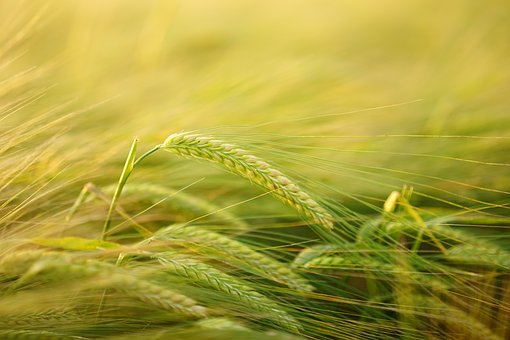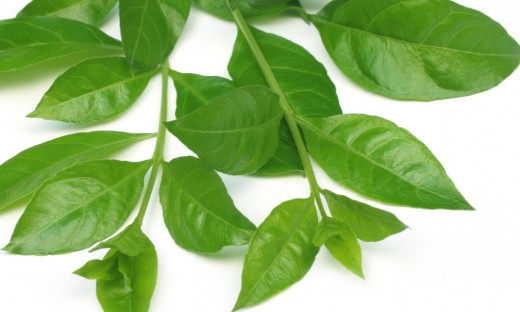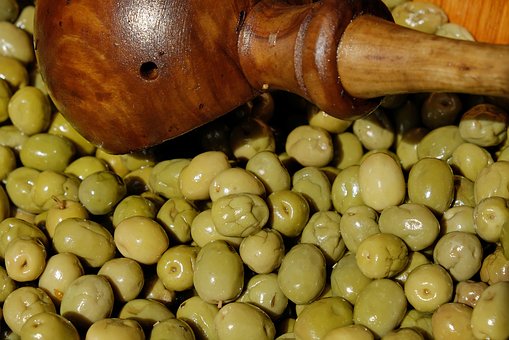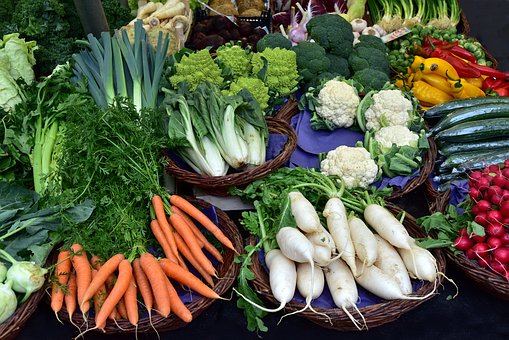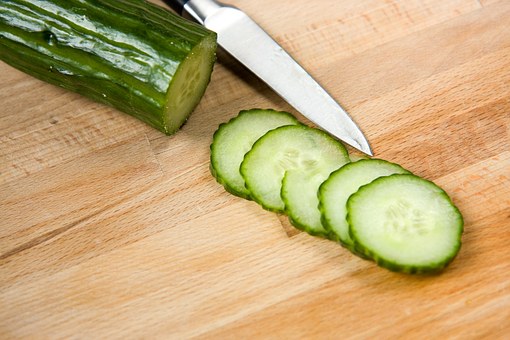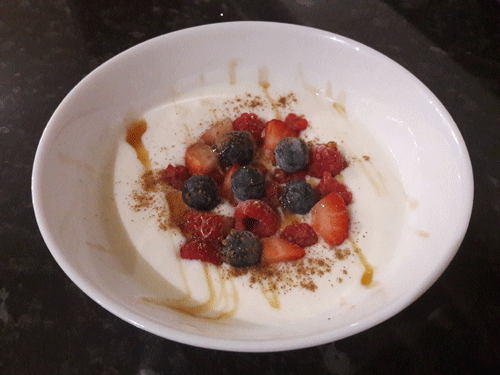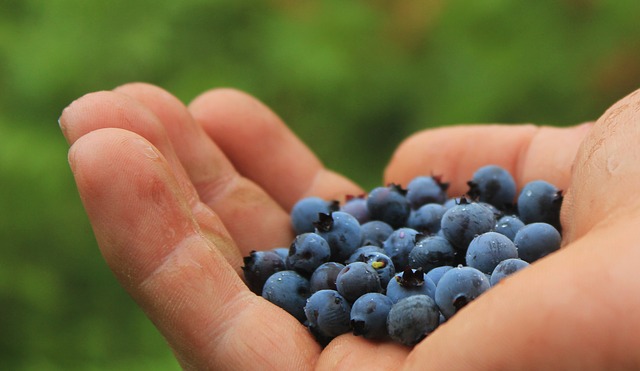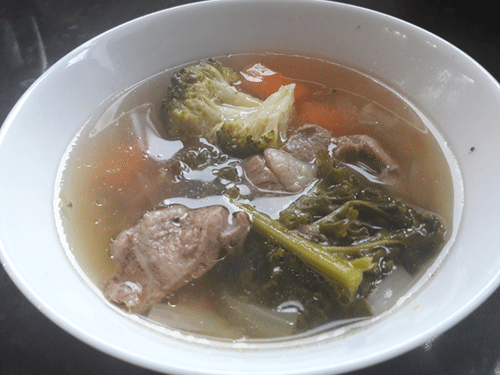Protective Effect of Lycium Barbarum Polysaccharide on Retinal Ganglion Cells in Vitro
© Authored by PubMed
© HealthyMuslim. See Terms and Conditions
Copy Link
Email
Print

Goji berries (Lycium barbarum, wolfberry) grow on an evergreen shrub found in temperate and subtropical regions in China, Mongolia and in the Himalayas in Tibet. They are in the nightshade (Solonaceae) family. Goji berries are usually found dried. They are shriveled red berries that look like red raisins. Goji berries are rich in antioxidants, particularly carotenoids such as Beta-carotene and zeaxanthin. One of zeaxanthin's key roles is to protect the retina of the eye by absorbing blue light and acting as an antioxidant. Goji berries have been used for 6,000 years by herbalists in China, Tibet and India to: protect the liver, help eyesight, improve sexual function and fertility, strengthen the legs, boost immune function, improve circulation, and to promote longevity.
Yang M, Gao N, Zhao Y, Liu LX, Lu XJ. Protective effect of Lycium barbarum polysaccharide on retinal ganglion cells in vitro. 1. Int J Ophthalmol. 2011;4(4):377-9. Epub 2011 Aug 18.
Yang M, Gao N, Zhao Y, Liu LX, Lu XJ. Protective effect of Lycium barbarum polysaccharide on retinal ganglion cells in vitro. 1. Int J Ophthalmol. 2011;4(4):377-9. Epub 2011 Aug 18.
AIM: To observe the effect of Lycium barbarum polysaccharide (LBP) on rat retinal ganglion cells (RGCs) in vitro. METHODS: Retinal cells of neonatal Sprague-Dawley rats were collected 1 to 3 days after birth, and co-cultured with different concentrations of LBP for 24 hours. Absorbance values (OD) were recorded using MTT assay for calculating survival rates. RESULTS: All the test groups had protective effects on RGCs. The group with 10mg/mL concentration of LBP had the most significantly difference of OD value compared with that in control group (P<0.01). CONCLUSION: LBP can increase the survival rate and promote the growth of mixed cultured rat RGCs.
Link to this article: Show: HTML Link • Full Link • Short Link
Share or Bookmark this page: You will need to have an account with the selected service in order to post links or bookmark this page.





|
Related Articles:
- Polysaccharides From Wolfberry Prevents Corticosterone-Induced Inhibition of Sexual Behavior and Increases Neurogenesis
- Polysaccharides From Lycium Barbarum Leaves: Isolation, Characterization and Splenocyte Proliferation Activity
- Lycium Barbarum Polysaccharide Inhibits the Proliferation of HeLa Cells by Inducing Apoptosis
- Anti-Inflammatory and Anti-Angiogenic Effects of Flavonoids Isolated From Lycium Barbarum Linnaeus on Human Umbilical Vein Endothelial Cells
You must be registered and logged in to comment.
Most Popular
Latest Articles
Popular Subjects
Health, fitness and longevity
Based upon the principles of health
in the Qur'an and Prophetic Traditions.
HealthyMuslim.Com
There are two bounties in which
most people lose out: good health
and free time. Al-Bukhari.
The information on this site is provided for educational purposes only. It is not intended as a substitute for professional advice of any kind.






